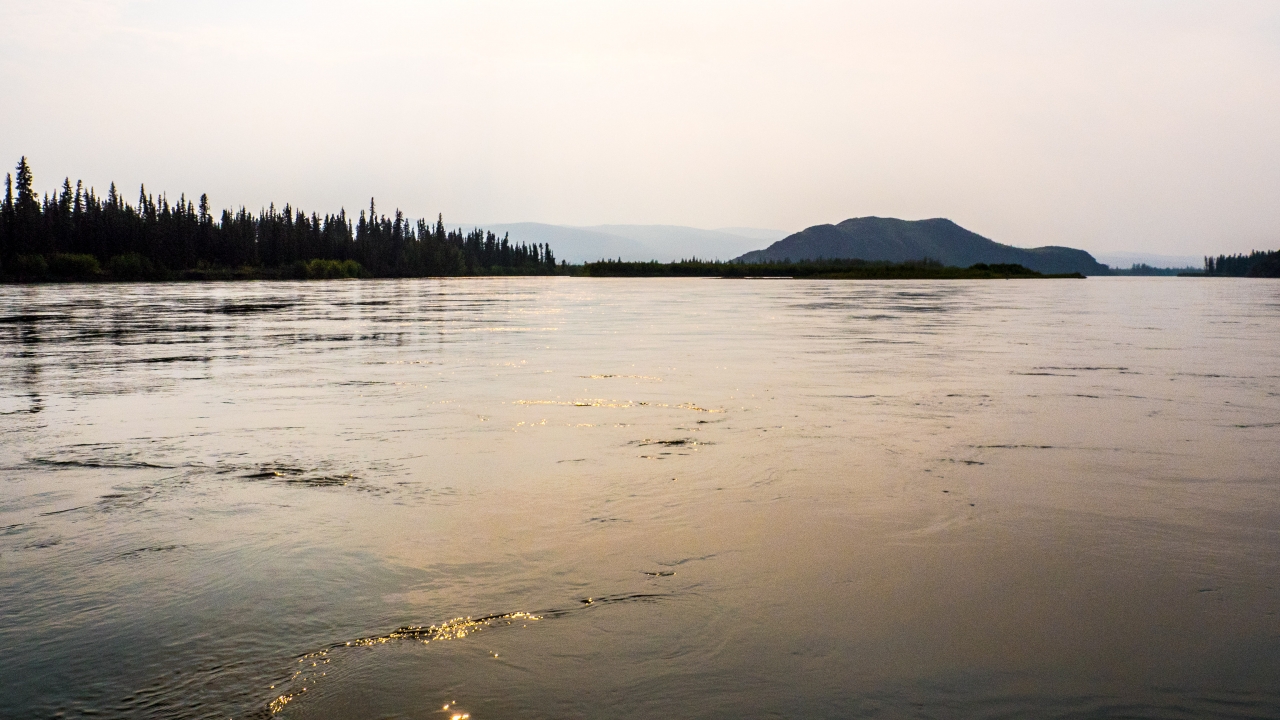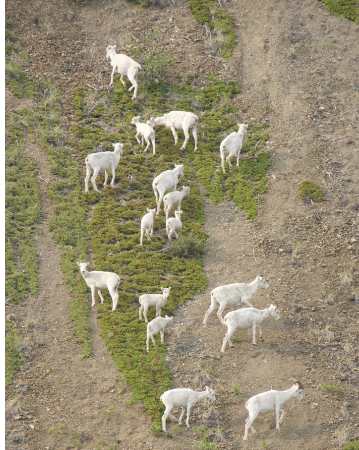



Selkirk people continue to use the land for subsistence harvesting and cultural pursuits. Selkirk First Nation’s traditional territory has several historic, sacred, and sensitive areas including Ddhaw Ghro, Llutsaw, Fort Selkirk, and Ta'tla Mun Lake.
Many Selkirk people continue traditional practices and strive to maintain these practices: seasonal fishing at Tatleman Lake, Llutsaw, Pelly and Yukon Rivers; hunting and trapping; tanning moose skins and preparing furs; beading and sewing; drum making and berry picking.
The land is important to Selkirk people. It is Selkirk’s breadbasket. The Department of Lands and Resources ensures the conservation and protection of the lands and resources of Selkirk First Nation for the benefit of present and future generations.
The Lands and Resources Department’s Heritage Branch is developing and providing programs and services to restore the Selkirk dialect of the Northern Tutchone language and customs; including preserving audio tapes and replicating artifacts; developing material for teaching Dooli (Traditional Laws) to Selkirk people; recording historic and burial sites within the Traditional Territory.
Lands and Resources staff administers legislation, educates and advises Citizens, and promotes the sustainable development and use of lands and renewable resources in our Traditional Territory.
Many types of projects occur within our Traditional Territory. With our field staff, GIS capabilities and knowledge of the land, we are able to maintain an overview of activities and ensure impacts are minimized to our land, renewable resources, culture or heritage.
The Settlement Land of the Selkirk First Nation is a total of 4739.68 square kilometers. We own and manage this land.
